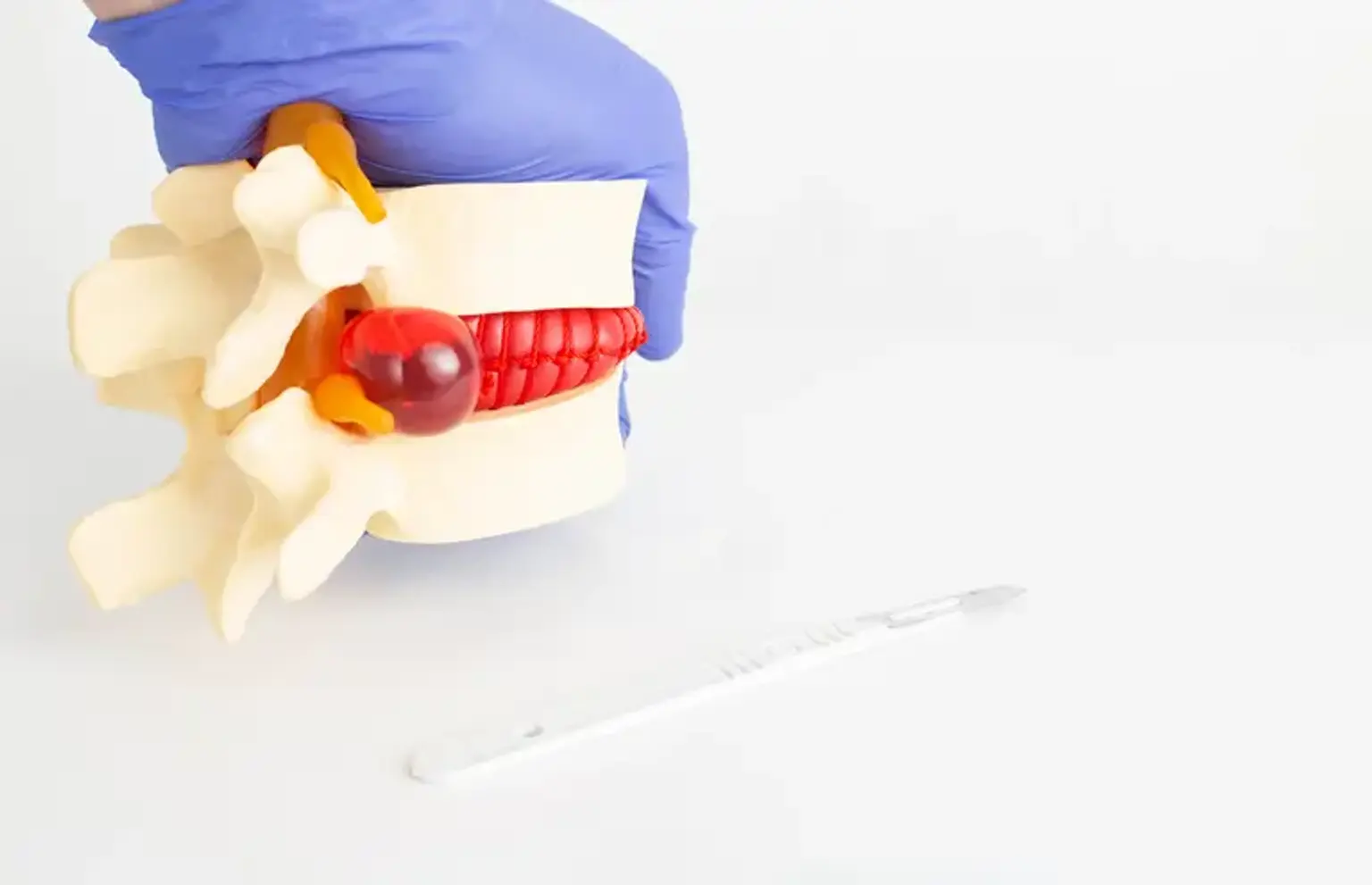Open Lumbar Discectomy
Overview
A herniated or degenerative disc in the lower spine is removed by a procedure called a lumbar discectomy. The disc pushing on the nerve is removed by a posterior incision made through the back muscles. If rest, medications, or physiotherapy don't help your back or leg pain, or if you show symptoms of nerve damage including weakness or numbness in your legs, a discectomy might be advised. Either an open procedure or a minimally invasive one can be used for the surgery.
